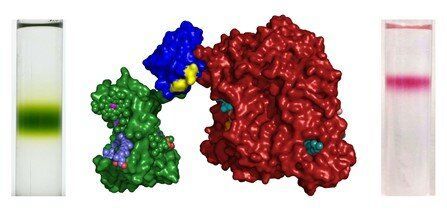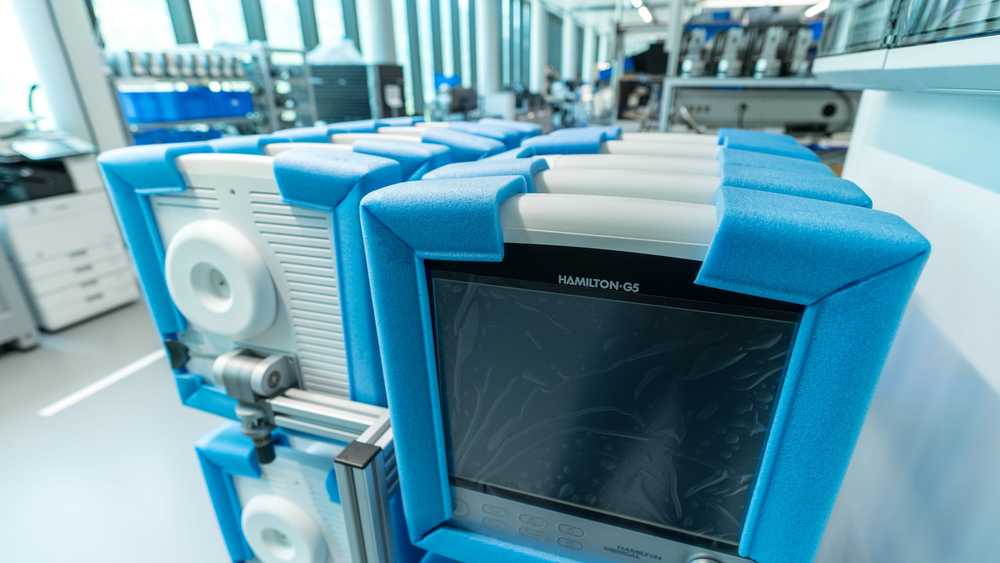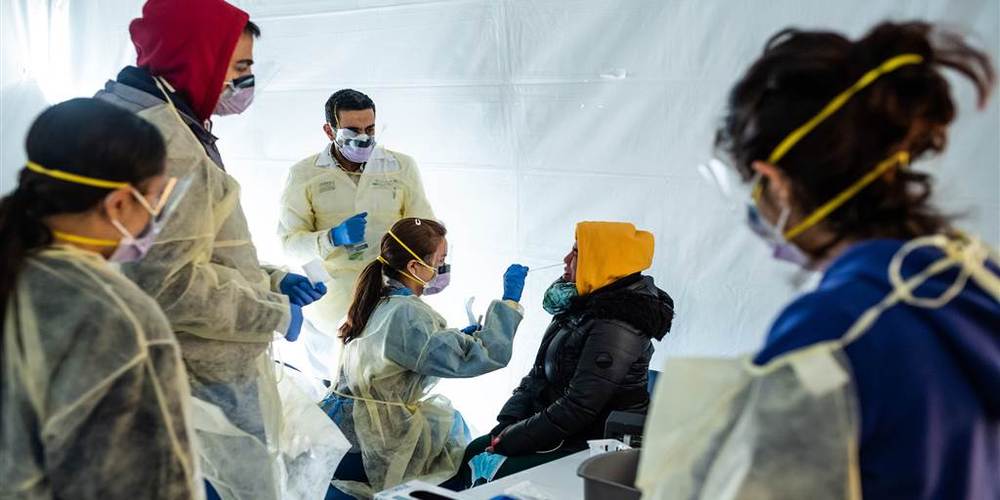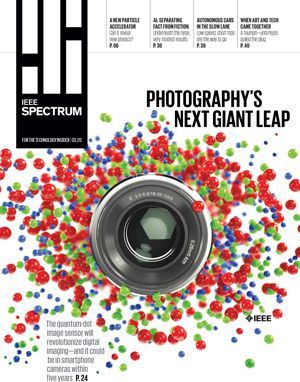Microsoft’s new Windows leader, Panos Panay, is getting ready for a new era of Windows. The first change is a new Windows Insider leader, and we expect to see lots of small and steady improvements to Windows in the coming months.
Get the latest international news and world events from around the world.

Team develops photosynthetic proteins for expanded solar energy conversion
A team of scientists, led by the University of Bristol, has developed a new photosynthetic protein system enabling an enhanced and more sustainable approach to solar-powered technological devices.
The initiative is part of a broader effort in the field of synthetic biology to use proteins in place of man-made materials which are often scarce, expensive and can be harmful to the environment when the device becomes obsolete.
The aim of the study, published today in Nature Communications, was the development of “chimera” photosynthetic complexes that display poly-chromatic solar energy harvesting.




Frequently Asked Questions About Novel Coronavirus (COVID-19)
1. Why Amazon will last longer than most businesses during the Covid-19 epidemic.
2. The challenges Amazon must overcome during the Covid-19 epidemic.
3. Ideas as to how they can overcome the challenge Amazon faces.
Coronaviruses are a large group of viruses that cause diseases in animals and humans. They often circulate among animals and can sometimes evolve and infect people. In humans, the viruses can cause mild respiratory infections, like the common cold, but can lead to serious illnesses, like pneumonia.
The 2019 novel coronavirus (COVID-19, previously known as 2019-nCoV) emerged in a seafood and poultry market in Wuhan, China in December 2019. It likely spread from an unknown animal to humans. Human-to-human transmission occurs through close contact.
Information about the novel coronavirus is changing rapidly.
Stephen Hawking –“Treating AI as Science Fiction Would Potentially Be Our Worst Mistake Ever“
“We should plan ahead,” warned physicist Stephen Hawking who died last March, 2018, and was buried next to Isaac Newton. “If a superior alien civilization sent us a text message saying, ‘We’ll arrive in a few decades,’ would we just reply, ‘OK, call us when you get here, we’ll leave the lights on’? Probably not, but this is more or less what has happened with AI.”
The memorial stone placed on top of Hawking’s grave included his most famous equation describing the entropy of a black hole. “Here Lies What Was Mortal Of Stephen Hawking,” read the words on the stone, which included an image of a black hole.
“I regard the brain as a computer,” observed Hawking, “which will stop working when its components fail. There is no heaven or afterlife for broken down computers; that is a fairy story for people afraid of the dark.”


Graviton laser
A gravity laser :DDD.
We consider the possibility of creating a graviton laser. The lasing medium would be a system of contained, ultra cold neutrons. Ultra cold neutrons are a quantum mechanical system that interacts with gravitational fields and with the phonons of the container walls. It is possible to create a population inversion by pumping the system using the phonons. We compute the rate of spontaneous emission of gravitons and the rate of the subsequent stimulated emission of gravitons. The gain obtainable is directly proportional to the density of the lasing medium and the fraction of the population inversion. The applications of a graviton laser would be interesting.